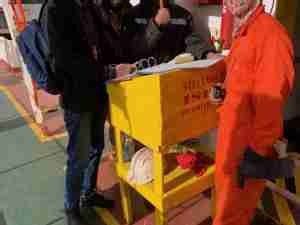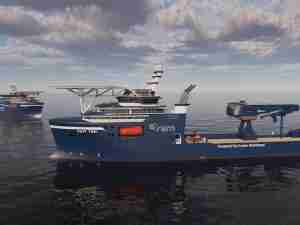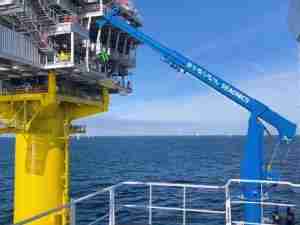Key insights:
- Though peak season normally tapers off in November, this year’s extended peak is keeping China-US rates elevated, with West Coast rates 191% higher than last year.
- Of course, peak season this year also is characterized by acute equipment shortages. As carriers seem to prioritize empties to the lucrative transpacific lanes, scarce containers have pushed Asia-Europe rates up 27% so far this month.
China-US rates:
- China-US West Coast prices (FBX01 Daily) stayed level at $3,870/FEU. As this year’s peak season is staying strong past the typical November decline, this rate is 191% higher than the same time last year.
- China-US East Coast prices (FBX03 Daily) increased 3% to $4,908/FEU, and are 98% higher than rates for this week last year.
Analysis
Still surging imports from China to the US continue to cause congestion and delays at US ports, slowing the return of empty containers to Asian origins, keeping transpacific rates elevated, and pushing prices up on European and Mediterranean lanes.
Though peak season normally peters out in November, volumes are still going strong this year. And some expect demand will stay elevated up until Chinese New Year in February, with retailers already placing spring orders to depart before the mid-February shut down.
The extended peak and the resulting equipment imbalance has led the Federal Maritime Commision to officially launch an investigation of how carriers are handling the situation. It has also made available containers scarce for European importers, where Asia-North Europe rates climbed 10% this week, and are up 27% so far this month. As carriers prioritize containers on the transpacific, some are shifting ex-Asia capacity from Europe to the US.
The equipment shortage and port congestion in the US and UK is leading to pain for shippers, with reports of bookings being rejected for lack of empties, containers being offloaded at alternative ports, and shippers delaying bookings until things quiet down.









